Understanding Men's T-Shirt Fit Basics
Key Measurements: Chest, Shoulders, and Length
Getting the right measurements for men's t-shirts makes all the difference when finding something that actually fits well. Chest measurement matters most because nobody wants their shirt riding up or feeling like a straitjacket. Most guys fall somewhere around 38 to 42 inches across the chest area, though obviously there's some variation depending on body type. Shoulder width is another key factor here. The distance from one shoulder seam to the other needs to match where the actual shoulders sit to avoid that awkward gap at the back. As for shirt length, aim for something that hits about mid-waist when standing normally. Some folks prefer longer shirts that drape over a bit, especially if they're going for a laid-back vibe. Shorter cuts tend to look better with slimmer builds or when dressing up a little. Ultimately, these numbers are just starting points since fabric stretch and cut differences will affect how things actually fit in real life.
How Fabric Impacts Fit and Comfort
What kind of fabric a t-shirt is made from really affects how it sits on the body and feels when worn. Most people go for cotton because it lets air through and feels nice and soft against the skin. Blends like cotton mixed with polyester have their own perks though they tend to stretch better and stay looking neat even after being folded up in a suitcase. Fabric weight matters too light materials fall loosely around the body giving that laid back look while heavier weights create something more fitted and structured. Stretchiness counts as well shirts with some spandex in them move with the wearer making them great for workouts or any activity where freedom of movement is needed.
Regular vs. Slim vs. Loose: Common Fit Types
Tshirts come in basically three main fits these days regular, slim, and loose. Regular fit tees give that classic comfortable feel most people love. They sit nicely on the body without feeling too tight or baggy, making them great for everyday wear. Slim fit shirts hug closer to the body, creating that modern look many young folks go for nowadays. People who want to show off their shape tend to gravitate toward this cut. Then there's the loose fit option which is all about maximum comfort. These shirts are perfect when hanging out at home or throwing something over another shirt. They let you move around freely while maintaining that relaxed, effortless vibe everyone loves so much.
Step-by-Step Guide to Finding Your Fit
Take Accurate Body Measurements
Getting that perfect fit on a men's t shirt starts with knowing exactly what numbers matter. Measure around the chest where it naturally expands, making sure the tape stays level across the back without pulling too tight. Shoulder width matters too so check from one side seam to the other while keeping the tape parallel to the floor. Don't forget about the waist either measure right above the hips where most shirts tend to gather. These measurements really affect how the fabric falls and sits on different body types. Taking time to get these right makes all the difference between a shirt that looks great and one that just hangs awkwardly.
Decode Size Charts for Consistent Sizing
Getting to grips with size charts matters a lot if we want our clothes to fit properly since different brands often have completely different sizing standards. Look closely at those numbers for chest, waist and hips listed on each chart when shopping online. Brands also usually categorize their fits as regular, slim or loose cuts, so pay attention to those descriptions too because they really affect whether something will actually work for what we're looking for. When things get confusing, checking out what the brand itself recommends makes sense. Most companies explain how their sizes compare to standard measurements, which helps us pick out something that looks good while still fitting right.
Prioritize Fit Preferences (Snug vs. Relaxed)
Picking out a good men's t shirt starts with knowing what kind of fit feels right for each person. Consider where and when the shirt will actually get worn. For gym sessions or outdoor adventures, a tighter cut works well since it moves with the body instead of getting in the way. On the flip side, those laid back days call for something looser and more breathable, especially during hot weather months. Most guys find themselves reaching for both styles at different times. Having a mix of tight and loose shirts makes sense because nobody wants to wear the same thing all day every day. A well rounded collection means there's always something comfortable on hand no matter what the situation demands, whether it's running errands or meeting friends for drinks.
Matching T-Shirt Fits to Body Types
Athletic Builds: Balancing Chest and Waist
Athletes looking for the right t-shirt need something that shows off those broad shoulders but still gives enough space around the waist so they don't feel restricted during workouts or daily activities. A good trick is to go for shirts that taper just a bit at the waist area. These cut closer to the body without being too tight everywhere else. When it comes to fabric, stretchy options work wonders. Cotton blended with a little spandex tends to be comfortable and hugs the body nicely. The stretch allows the shirt to move with the wearer rather than against them, which makes all the difference when getting active later on.
Slim Frames: Avoiding Baggy Silhouettes
Slim framed men need to avoid those baggy t-shirts that hang off their bodies like sacks of potatoes. A better choice would be something closer fitting but not too tight either. Stretchy materials work wonders here since they hug the body just right without looking uncomfortable or restricting movement. Look at shirts with defined seams across the chest area and well structured shoulder lines these details help balance proportions rather than making someone appear smaller than they actually are. Good fit always translates into confidence no matter what size frame we're talking about.
Broad Shoulders: Managing Proportions
People who have broad shoulders need to find t-shirts that highlight their upper body shape but don't cinch too much around the waist area. Getting the seams right matters a lot because if the shirt sits properly on those wide shoulders, it prevents uncomfortable pulling sensations across the back and sides. Going for something a bit longer in the torso helps counteract those broad shoulders visually. The extra fabric creates better proportions overall instead of making someone look top heavy. Most guys notice this difference when they try on different styles side by side in the store mirror.
Fuller Midsections: Strategic Draping
For someone with a rounder middle area, finding the right t-shirt makes all the difference. Look for styles that flatter without hugging too tight around the stomach region. Relaxed fit shirts work wonders most of the time, especially those with an A shape that drapes nicely over the body. These kinds of tops tend to be both comfy and pretty stylish at the same time. Fabrics that are softer and have a rectangular silhouette actually do a good job of making the midsection appear smaller. And here's something interesting about patterns too colorful designs or bold prints can draw eyes elsewhere when worn properly. This distraction technique helps create that put together appearance everyone wants while still feeling confident about how they look.
Common Fit Mistakes and How to Avoid Them
Ignoring Shoulder Seam Placement
Where those shoulder seams sit makes all the difference in how a T-shirt fits. When they land right on top of the actual shoulders, everything works better. Skip this step and the shirt just ends up looking off and feeling awkward against the body. Bad seam positioning throws off the whole appearance while making it harder to move around naturally, which shows why getting this right matters so much. Getting those seams in their proper place gives clothes that clean appearance and comfort factor, something many people notice when they spot shirts where the seams are completely out of whack.
Overlooking Sleeve Length and Tightness
People tend to forget about sleeve length and how tight they actually are when buying T-shirts, but these factors really affect how the shirt looks overall. Most folks find that sleeves stopping around the middle of the bicep area give off a good balanced appearance. When sleeves get too snug though, they start limiting movement and making people uncomfortable during regular stuff they do all day long. The right sleeve length actually depends quite a bit on what someone plans to do wearing the shirt. Shorter sleeves generally work better for those busy days filled with activity. Getting the sleeves just right makes all the difference between looking stylish and feeling comfortable no matter where life takes us.
Misjudging Shrinkage Potential
Knowing how much clothes might shrink after washing helps keep T-shirts looking good and fitting properly over time. Most cotton stuff tends to get smaller once it goes through the washer, so following those laundry tags on the label really matters if someone wants their favorite shirt to last longer without getting all stretched out or tight. If there's any doubt about how much something might shrink, going one size bigger than normal usually works well enough. Thinking about this stuff before buying saves headaches later on when unwashed expectations meet reality in the form of ill-fitting garments.
FAQ
Q: What are the key measurements to consider when choosing a t-shirt?
A: The key measurements are chest circumference, shoulder width, and t-shirt length. These measurements ensure the t-shirt fits comfortably and looks professional.
Q: How does the fabric type impact the fit of a t-shirt?
A: Fabric type affects comfort and fit, with cotton offering breathability and cotton-polyester blends providing stretch and wrinkle resistance. The fabric's weight and elasticity also influence the t-shirt's overall appearance.
Q: What are the different types of t-shirt fits available?
A: Common fit types include regular, slim, and loose. Regular fits are relaxed, slim fits offer a tailored silhouette, and loose fits provide comfort and freedom of movement.
Q: How should I match t-shirt fits to my body type?
A: Athletic builds should focus on shoulder accentuation and waist comfort, slim frames need a slim or tailored fit, broad shoulders require proper seam placement, and fuller midsections benefit from relaxed fits or A-line cuts.



